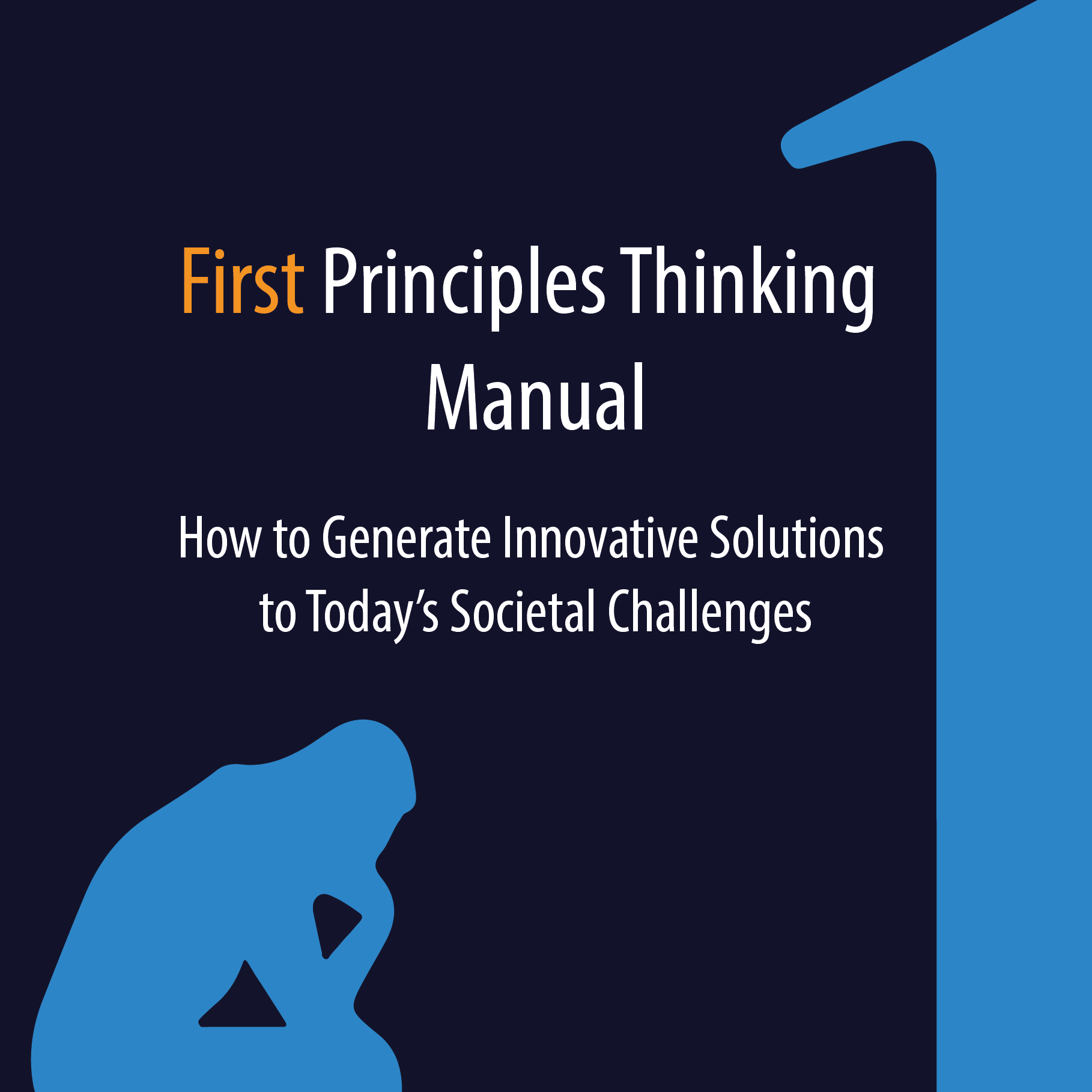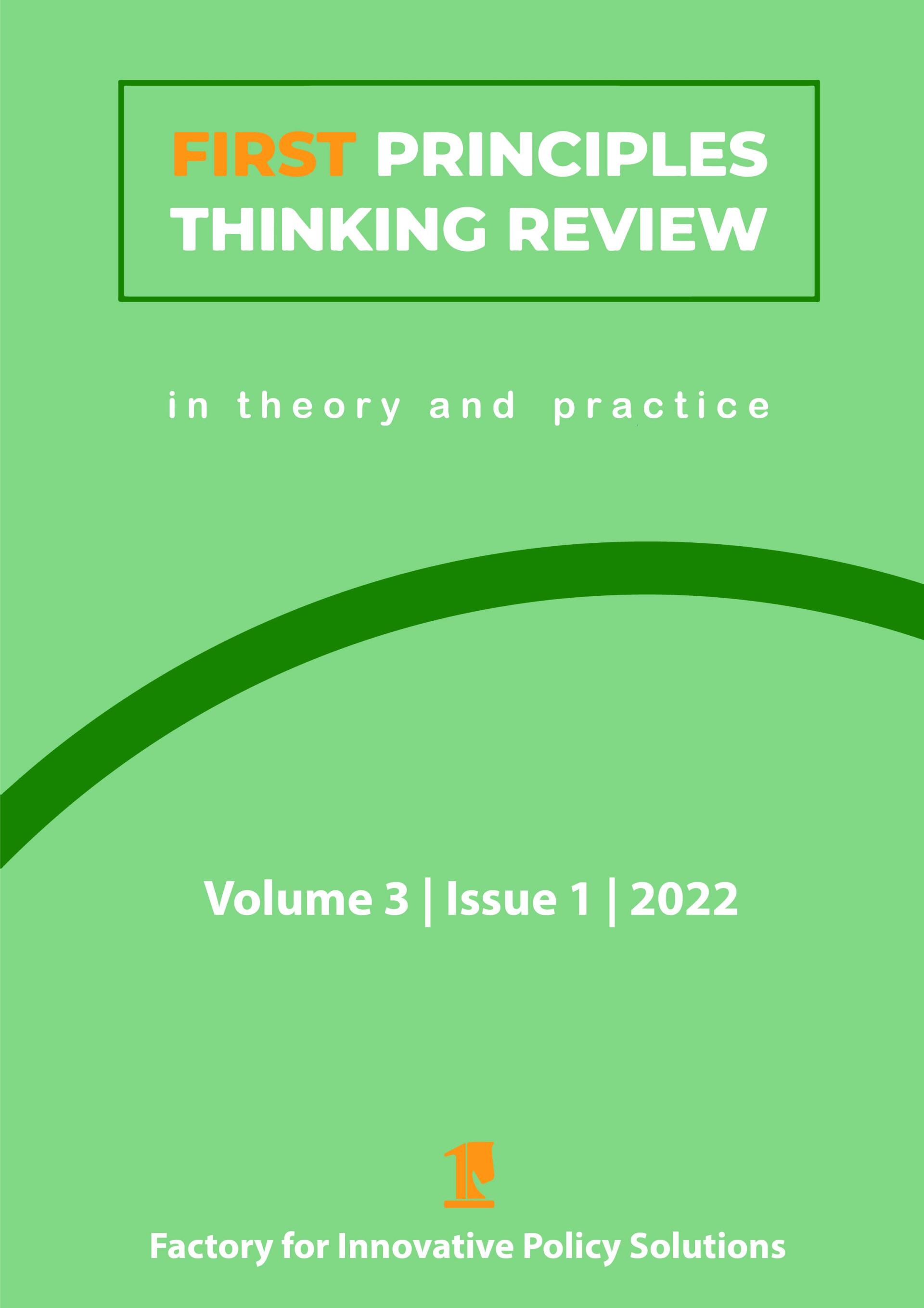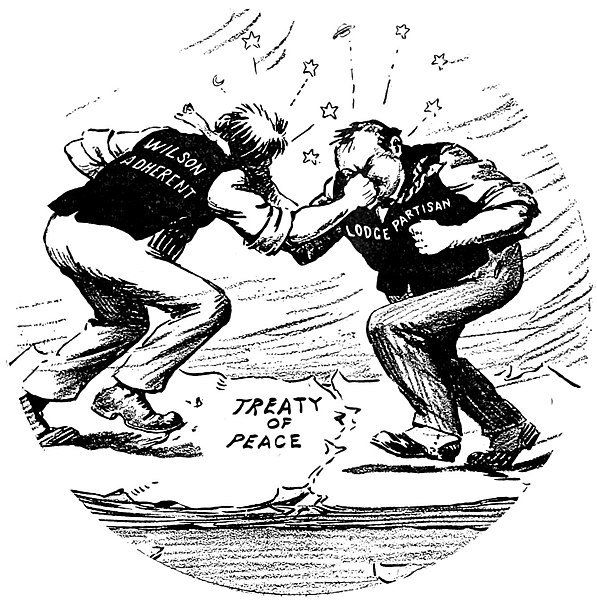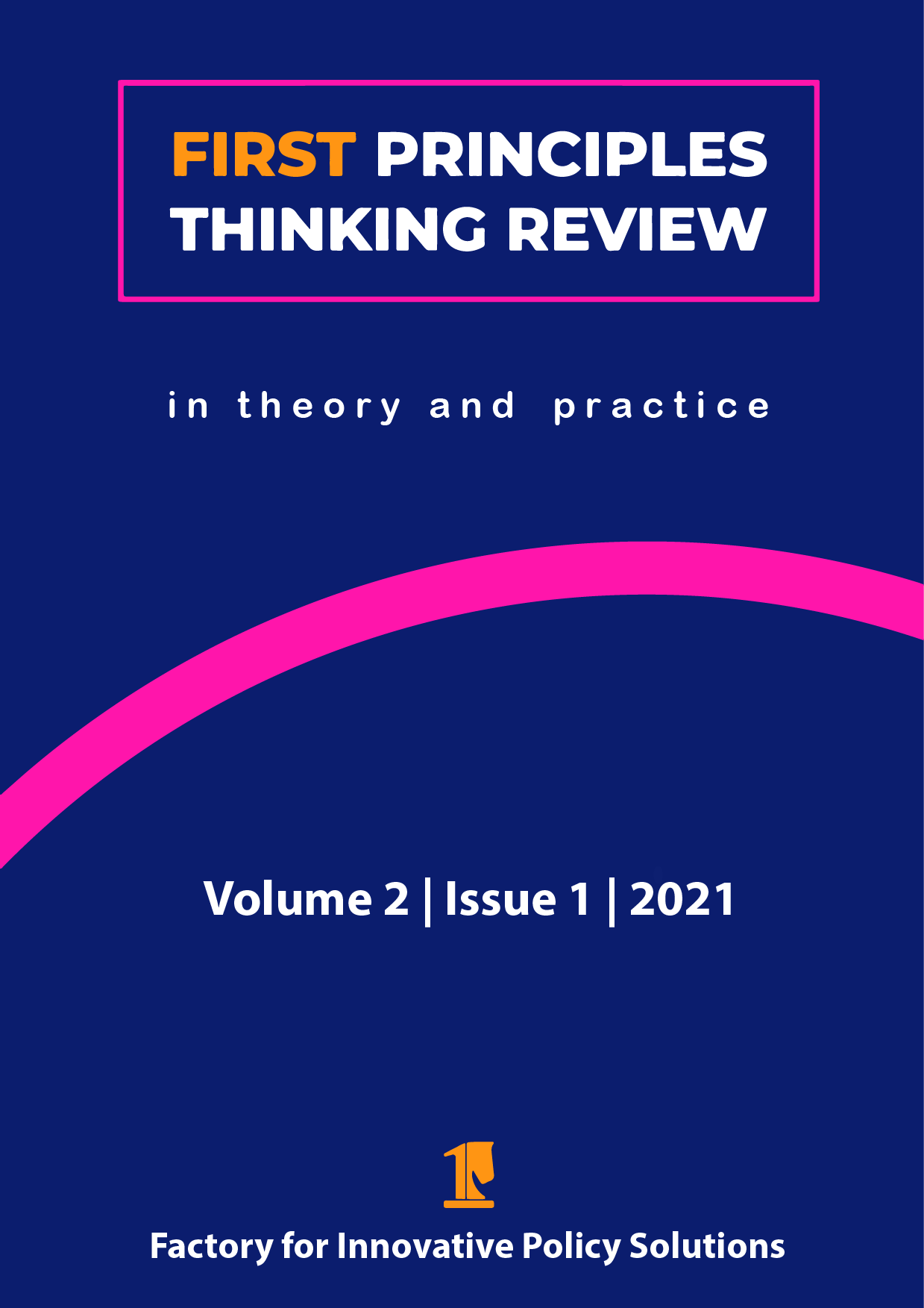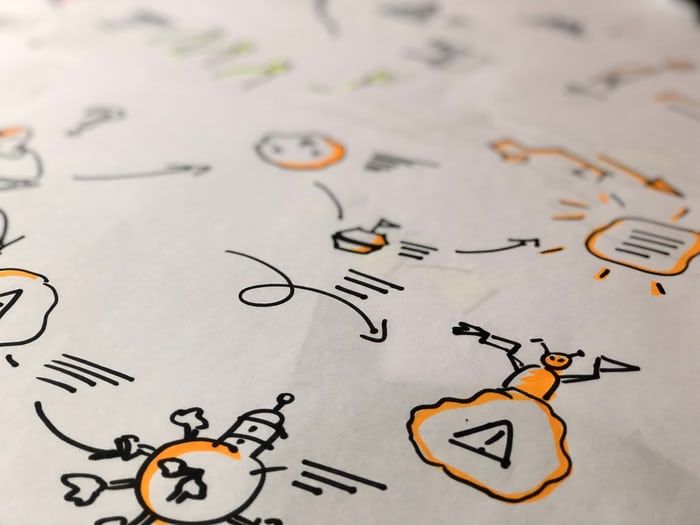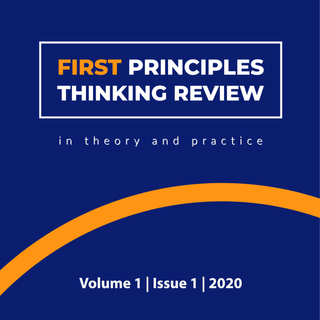“First Principles” by Thomas E. Ricks: A Book Review
Photo by Harrison Mitchell on Unsplash
This review article provides a brief summary and analysis of
First Principles by Thomas E. Ricks, in which the author explores how classical philosophy and first principles thinking influenced the Founding Fathers of the United States of America. The review also highlights how the author’s own political thinking draws on first principles and concludes by summarizing some of the strengths and shortcomings of his recent work.
Keywords: First principles thinking, political philosophy, United States history
Introduction
Published in 2020, First Principles: What America’s Founders Learned from the Greeks and Romans and How That Shaped Our Country is the product of Thomas E. Ricks’ efforts to reconcile what the United States had become over the course of the Trump presidency with how it was designed to be under the leadership of the Founding Fathers. While the central theme of the book is an exploration of colonial classicism and the lessons that the American revolutionary generation learned from the great philosophers of European antiquity, the book also presents an examination of how the primary architects of the American political system employed first principles thinking, which Verkerk and Grass (2019) define as “a societal problem-solving method that rigorously questions assumptions to get to the truthful core [the first principles] of a challenge and from there come up with new solutions” (p. 1).
Although comparable approaches to analyzing statecraft through the lens of first principles thinking have been taken in other works, Ricks’ effort is commendable for its scope and magnitude. For example, Preston’s (2019) history of United States foreign relations begins with a chapter on first principles, but the analysis is limited only to the area of politics on which the book is based. More akin to Ricks’ work is Low’s (2021) exposition of how first principles thinking influenced Lee Kuan Yew, Singapore’s first prime minister and founding father, in his efforts to overcome the obstacles of nation-building following the country’s independence from Malaysia. Ricks’ work, however, is more extensive in that it examines several key figures of the American revolutionary generation and investigates not only how they applied first principles thinking but also what influenced them to adopt the classical problem-solving method in the first place. Moreover, it concludes with a thoughtful list of ideas for taking a first principles approach to overcoming some of the country’s contemporary political challenges.
Summary and analysis
The founding fathers
Ricks begins the book with a brief biographical account of the first four presidents of the United States, focusing particularly on their classical backgrounds and educations. George Washington was the only one who never attended university due to his pursuit of a military career but was nevertheless a great admirer of Cato, a conservative Roman senator who opposed Julius Caesar’s overthrow of the republican government. Unlike his predecessor, John Adams received a prestigious higher education at Harvard University, where he became inspired by the writings of Cicero, who was also a defender of republican values in the period preceding the establishment of the Roman Empire. Thomas Jefferson, the third president, was educated at the College of William and Mary and diverged from the Romanesque leanings of his peers by preferring to study Greek philosophy, particularly the works of Epicurus, whose religious skepticism and empirical approach to epistemology influenced many Enlightenment thinkers. Finally, a true product of the Enlightenment, James Madison received his education at Princeton University and was primarily attracted to contemporary philosophers like Montesquieu, from whom Madison and the other Founding Fathers adopted the ideas of separating governmental powers and creating a system of checks and balances.
The challenge of independence
In the second part of the book, Ricks investigates how the Founders applied their classical backgrounds to the challenge of leading the American colonies to independence and sovereignty. According to Ricks, it was Adams who argued that “the principles of the revolution […] were that all men are equal, and that power is delegated to leaders by the people” (p. 116). He drew on the example of ancient Greece to illustrate how the British had violated these principles in America, explaining that “the Greeks planted colonies, and neither demanded nor pretended any authority over them, but they became distinct independent commonwealths” (p. 116). Guided by this first principles approach, Jefferson accepted the responsibility of drafting the Declaration of Independence in 1776, finally presenting the document as a revolutionary manifesto that would sever America from the European monarchical tradition:
- We hold these truths to be self-evident, that all men are created equal, that they are endowed by their Creator with certain unalienable Rights, that among these are Life, Liberty and the pursuit of Happiness.—That to secure these rights, Governments are instituted among Men, deriving their just powers from the consent of the governed,—That whenever any Form of Government becomes destructive of these ends, it is the Right of the People to alter or to abolish it, and to institute new Government, laying its foundation on such principles and organizing its powers in such form, as to them shall seem most likely to effect their Safety and Happiness (p. 299).
Though his first principles thinking enjoyed considerable success in the political arena, Adams was not a visionary on the battlefield. He advocated a short, violent war and frequently expressed his impatience with Washington, who employed a very different strategy. In fact, rather than searching for novel solutions to the military challenge from first principles, Washington instead took the analogical approach of adopting an innovative strategy developed by the Roman general Fabius in the Second Punic War against Hannibal’s Carthaginian army. As Ricks explains, “it is clear that there existed a strong strategic parallel between the circumstances of the ancient Roman situation and the American Revolution. In both cases, the defender was facing an invader from overseas who had to cross land and sea barriers in order to bring in additional supplies and troops. Those hurdles made attacking the invader’s supply lines and exhausting his troops an especially productive approach” because “supplies were harder for him to find, and replacements had to come from afar” (p. 156). Therefore, instead of facing the British with conventional military tactics—a strategy that would have almost certainly resulted in a quick victory for the better trained and equipped British regulars—the American militiamen adopted an early form of guerilla warfare that tired the British by stretching the conflict from 1775 to 1783.
Obstacles on the road to sovereignty
With the Declaration of Independence providing a normative foundation for the new country and the War of Independence finally won, all that was missing was a practical system of government to unite the thirteen former colonies into a sovereign state. One proposal was the Articles of Confederation, under which the former colonies would become sovereign states loosely organized under a weak central government. Uncertain whether this arrangement would be sufficiently robust to serve as a long-term solution, Madison became even more skeptical of the confederal model through Socratic questioning, a “truth-finding method that questions the validity of one’s beliefs and assumptions in a disciplined, rigorous and thoughtful manner” (Verkerk and Grass 2019, p. 12). Though he does not use the term “Socratic questioning” in his book, Ricks describes how Madison effectively applied this critical thinking exercise to uncover first principles related to the challenge at hand. He began by examining the problems of ancient Greek confederacies and inquired: “What had brought down ancient republics? What made them so fragile? Were there gaps between their theory and practice? Did they have inherent flaws that caused them to fail? Were these avoidable? Was Montesquieu correct in thinking that republics had to be small? If so, could American government be structured in a different way that would make it more sustainable?” (p. 183-184).
This initial exercise in Socratic questioning led Madison to embark on a quest for knowledge, during which he would travel to Europe and spend several years studying everything from political philosophy and natural history to travel books on China. The result of Madison’s tireless Socratic questioning and disciplined research to uncover the first principles of pragmatic statecraft was the Constitution that would become the supreme law of the United States of America. Quoting historian Noah Feldman, Ricks observes that Madison’s solution was truly an example of innovation through first principles thinking:
- Aristotle in his
Politics had already engaged in comparisons between different sorts of constitutional arrangements, and Montesquieu had tried to offer a general theory of the relationships between the "spirits” of different polities and the way they were organized. But as a systematic effort to identify the core working elements of all the confederacies known to have existed, Madison’s document was unprecedented (p. 184).
First principles or false principles?
Despite his clear admiration of Madison’s problem-solving skills, Ricks avoids extending his praises so far as to be blindly uncritical of him and the other Founding Fathers. He correctly points out the stark contradictions between the first principles manifested in the Declaration of Independence— “that all men are created equal, that they are endowed by their creator with certain unalienable rights, that among these are life, liberty and the pursuit of happiness”—and the Constitution’s permission of slavery. According to Ricks, the grave error that would cause the unjustifiable suffering of generations of enslaved people, lead to a civil war, and result in social divisions that have plagued the country to the present day was the result of misguided analogical thinking. The Founding Fathers reasoned that, since the institution of slavery was present in the societies of ancient Greece and Rome, it could also be applied in the American context. This supposition, however, is an example of a false principle, “a scientifically unproven belief or assumption used as a norm to evaluate objects, behaviour and outcomes” (Verkerk and Grass 2019, p. 16). Unlike first principles, which are undeniably true and therefore universally applicable by definition, false principles can have detrimental consequences if incorrectly applied by analogy.
In their hasty application of slavery to the American legal system, the Founding Fathers overlooked some key issues that should have suggested that the ancient institution was not in fact a universally applicable first principle. For example, in the two millennia that had elapsed since the model societies of ancient Greece and Rome first institutionalized slavery, Western culture and its views on moral and ethical norms had progressively evolved, making the practice much more controversial and divisive than it had been in the past. Moreover, slaves in ancient Greek and Roman societies were oftentimes debtors or prisoners of war rather than people born into a certain ethnic group—as was the case with American slaves—and thus could be seen as products of economic inequality rather than racial supremacy. While economic inequality doubtlessly creates societal tensions, racial supremacy results in a caste system based on biological differences that is much more difficult to overcome even after the institution of slavery has been abolished. The Founding Fathers’ collective mistake of overlooking such issues in their analogical thinking ultimately resulted in what Ricks rightly refers to as “the blot on the constitution” and the new republic’s “fatal contradiction” (p. 201, 267).
First principles for the modern citizen
As his book is primarily directed towards an American audience, Ricks concludes it with a list of ten actionable ideas that he believes could help put the United States back on the track that, in his view, was originally intended by the Founding Fathers. As his epilogue reveals, Ricks’ own political thinking is heavily influenced by first principles:
I. Don’t panic
Concern and anxiety over the state of the union is not only normal but patriotic. It should come as a reassurance, however, that the Constitution was designed to be robust and flexible in times of political crises. Every era comes with its challenges, but Ricks reminds his readers that in spite of numerous obstacles it has stood the test of time.
II. Curtail campaign financing
Corporations are not people and therefore should not enjoy the right to make unrestricted campaign donations. Ricks argues that this practice, which has become a common aspect of the American political process, would have been denounced as corrupt and impermissible by the Founding Fathers.
III. Re-focus on the public good
Although the Constitution makes two explicit appeals for “the general welfare”, the United States is an outlier among developed countries in terms of its unequal access to public goods like healthcare and education. Ricks quotes Cicero’s assertion that “salus populi suprema lex esto”, or “welfare of the public is the supreme law”, when reminding his readers of the egalitarian spirit of the Founding Fathers.
IV. Promote, cultivate, and reward virtue in public life—but don’t count on it
The idea of civic virtue has two principal elements. The first is to be tolerant of fellow citizens whose opinions differ from one’s own, and the second is to be willing to serve one’s country without the expectation of reward. Fearing that there is a steady trend of decline in both of these principles in the United States, Ricks urges all Americans to reflect on their own civic virtue for the good of their communities and the country as a whole.
V. Respect our core institutions—and push them
There is a growing notion in the United States that government itself is the problem. Ricks dismisses such nihilistic thinking and argues instead that government is the essential medium for promoting the public good. It would be more constructive, he argues, for critics to produce their own definitions of the public good and then direct government towards those ends rather than advocating the abolition of a central government altogether.
VI. Wake up Congress
As the legislative branch of government, Congress was designed to balance the president’s executive powers. Despite its co-equal status, Ricks believes that a lack of energy in the House of Representatives and the Senate has resulted in Congress shying away from its rightful role as the voice of the people’s will. He encourages the election of more active and passionate lawmakers to fill the seats of Congress.
VII. Enrich the political vocabulary
It is common to hear terms like “liberty”, “freedom”, and “equality” in American political discourse, but Ricks suggests that the classic lexicon needs to be carefully re-evaluated before being applied to contemporary issues. What does it really mean to “make America great again”? What is national greatness? When was America great? Why is it no longer great? Such are the kinds of Socratic questions citizens should ask themselves before submitting to the appeal of popular campaign slogans.
VIII. Reclaim the definition of “un-American”
As a continuation of the exercise of Socratic questioning, citizens would also do well to reflect on what the Founding Fathers considered to be “American”. Would they have viewed immigration bans as American? Would they have considered canceling controversial public speakers to be an American practice? Ricks believes that the process of enriching the political vocabulary cannot be complete without taking this introspective step.
IX. Rehabilitate “happiness”
Though “the pursuit of happiness” is subject to endless interpretation, Ricks argues that the Founding Fathers would have rejected the hedonism and vanity that have resulted from modern consumer culture. Americans should instead pursue happiness in civic virtues like good citizenship.
X. Know your history
While most of Ricks’ ideas urge his readers to respect the Founding Fathers and emulate their approaches to citizenship and politics, the author does not fail to remind Americans of the consequences of following faulty historical examples. For this reason, he believes it is the duty of all citizens to know their history.
Conclusion
Ricks’ First Principles is a well-researched book that has much to offer its readers. It provides an accessible introduction to early American statecraft from the perspective of classical political philosophy without requiring extensive background knowledge on either subject. Moreover, in its presentation of the Founding Fathers’ use of first principles thinking to overcome the numerous challenges and obstacles of establishing a sovereign political system, the work serves as an excellent case study of this ancient problem-solving method. Lastly, and perhaps most importantly, it encourages readers to reflect critically on their own political beliefs and examine contemporary political issues from a first principles perspective. Indeed, it is a book of great value not only to students of civics, politics, or philosophy but to anyone who aspires to become a more conscious and engaged citizen.
For all its merits, however, the work falls short in serving as an introduction to first principles thinking itself. Though the Founding Fathers’ use of first principles thinking is easily recognizable to a reader already familiar with the method, Ricks fails to provide any background information on its Socratic and Aristotelian origins, essentially leaving readers with the impression that drawing on ancient principles alone constitutes first principles thinking. For the aforementioned reason, this review has drawn on conceptual definitions elaborated by Verkerk and Grass in
First Principles Thinking for Societal Problem Solving: A Manual to Generate Innovative Solutions to Today’s Challenges, which may serve as a useful methodological supplement to this and other case studies of first principles thinking.
References
- Low, Z. (2021). The Role of First Principles Thinking in Singapore’s Nation-Building. Factory for Innovative Policy Solutions. https://www.innovativepolicysolutions.org/articles/the-role-of-first-principles-thinking-in-singapores-nation-building
- Preston, A. (2019). American Foreign Relations: A Very Short Introduction. Oxford University Press.
- Ricks, T. E. (2020). First Principles: What America’s Founders Learned from the Greeks and Romans and How That Shaped Our Country. HarperCollins Publishers.
- Verkerk, A., & Grass, K. (2019).
First Principles Thinking for Societal Problem-Solving: A Manual to Generate Innovative Solutions to Today’s Challenges. Factory for Innovative Policy Solutions. https://doi.org/10.13140/RG.2.2.16182.24642/1
Apply first principles thinking yourself?
Would you like to apply first principles thinking yourself and have your problem-solving experience published in the First Principles Thinking Review? Then be sure to check out the submission guidelines and send us your rough idea or topic proposal. Our editorial team would be happy to work with you to turn that idea into an article.
Share this page
Disclaimer : The views, thoughts and opinions expressed in submissions published by FIPS reflect those of the authors and do not necessarily reflect the views held by FIPS, the FIPS team or the authors' employer.
Copyrights : You are more than welcome to share this article. If you want to use this material, for example when writing an article of your own, keep in mind that we use cc license BY-NC-SA. Learn more about the cc license here .
What's new?
